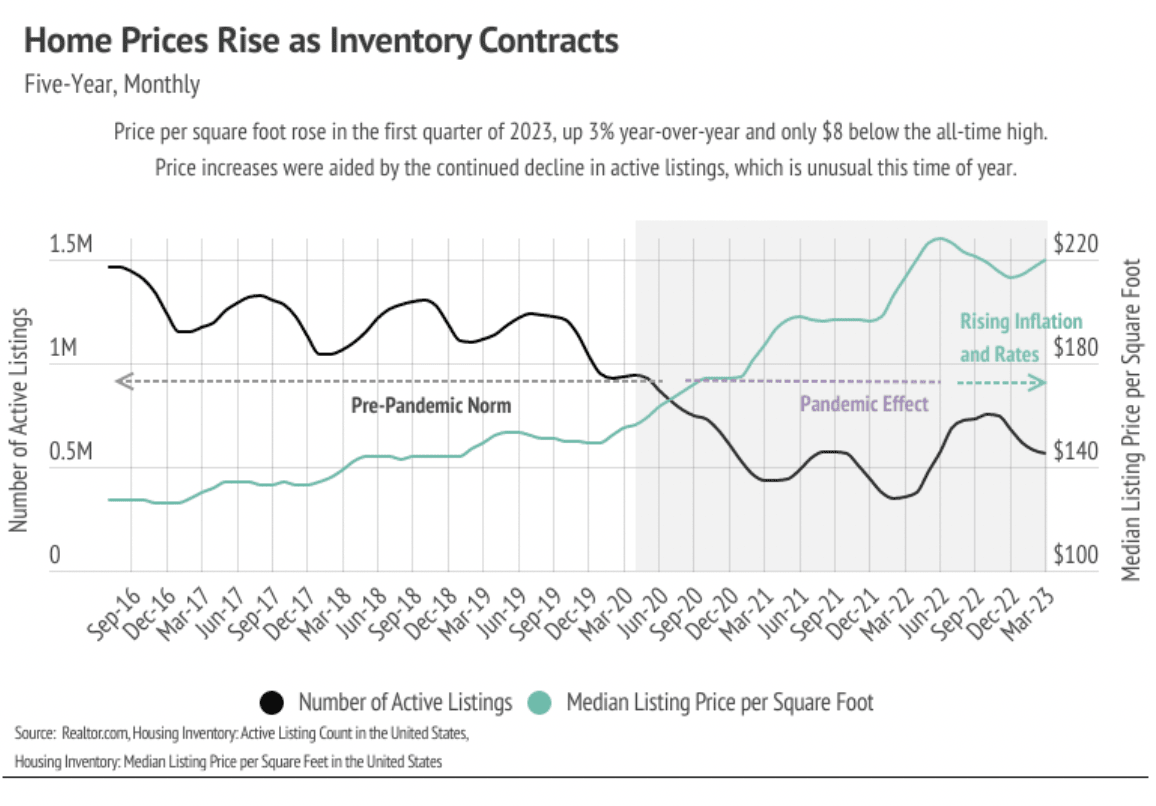Disposal of Assets Using Cost Segregation and Accelerated Depreciation
November 13, 2024
Income Tax Strategies

November 13, 2024
Income Tax Strategies

In accounting and tax terms, the disposal of an asset refers to the process of removing it from the company's balance sheet. This could happen for various reasons:
Asset disposal can impact a company’s financial records and taxes. When an asset is disposed of, the business must calculate gain or loss based on the asset's adjusted basis—the original cost minus accumulated depreciation. By using strategies like cost segregation and accelerated depreciation, businesses can adjust the asset’s basis more effectively, thereby influencing the financial outcome of the disposal.
Cost segregation is a tax planning tool primarily used in real estate to break down property into different components with varying depreciation rates. By identifying and reclassifying assets into shorter recovery periods, property owners can increase their tax deductions in the early years of ownership.
For example:
This reclassification not only accelerates depreciation deductions but also impacts the asset’s disposal. If certain assets within the property are retired or sold, they can be disposed of independently without affecting the rest of the building’s tax treatment.
Accelerated depreciation allows for higher depreciation expenses in the early years of an asset’s life. This contrasts with the straight-line depreciation method, where the cost is spread evenly across the asset’s useful life. Accelerated methods include:
The benefit of accelerated depreciation is clear: higher deductions in the initial years lead to lower taxable income early on. When combined with cost segregation, businesses can maximize depreciation deductions for short-lived assets while maintaining more predictable deductions for longer-lived ones.
When disposing of an asset with accelerated depreciation, the accumulated depreciation may be higher than if straight-line depreciation was used. This has two effects:
When disposing of an asset that has benefited from cost segregation and accelerated depreciation, certain tax considerations come into play. Here’s how to navigate these key factors:
While cost segregation and accelerated depreciation offer significant benefits, there are challenges to consider:
Cost segregation and accelerated depreciation are powerful tools that, when used strategically, can provide real estate investors and business owners with significant tax savings and flexibility in asset disposal. By understanding these methods, companies can maximize their tax efficiency, improve cash flow, and make informed decisions regarding asset disposal.
However, with these benefits come responsibilities and risks. Businesses must stay informed of changing tax laws, work with knowledgeable tax professionals, and carefully track their asset management. Properly utilized, these strategies enable savvy businesses to optimize their asset lifecycle management while remaining compliant and prepared for potential tax impacts.
Stay up to date on the latest real estate trends.

Income Tax Strategies
Mitchel Wachman | November 13, 2024
The disposal of assets in a business or real estate investment setting can bring a range of tax and financial implications. Leveraging tools like cost segregation and … Read more

Income Tax Strategies
Mitchel Wachman | November 17, 2023
No Cost Tax Savings Analysis

Market Update
Mitchel Wachman | July 15, 2023
The labor market is too strong for a recession, so what’s the Fed to do?

home cooking
Mitchel Wachman | July 15, 2023
Grilling Seafood on the BBQ

buying
Mitchel Wachman | May 11, 2023
Making sure negotiation is a part of the deal!

buying
Mitchel Wachman | May 9, 2023
As a leading real estate company, we understand that one

Market Update
Mitchel Wachman | May 3, 2023
Market Update -South Florida

dream home
Mitchel Wachman | April 10, 2023
It can be tempting to take on a home renovation project, especially with all of the popular TV shows showcasing stunning before-and-after transformations, but is it ri… Read more

Beach Life
Mitchel Wachman | April 7, 2023
With advancements in smart technology, homeowners can live in comfortable and convenient spaces while also saving money on energy costs.
You’ve got questions and we can’t wait to answer them.